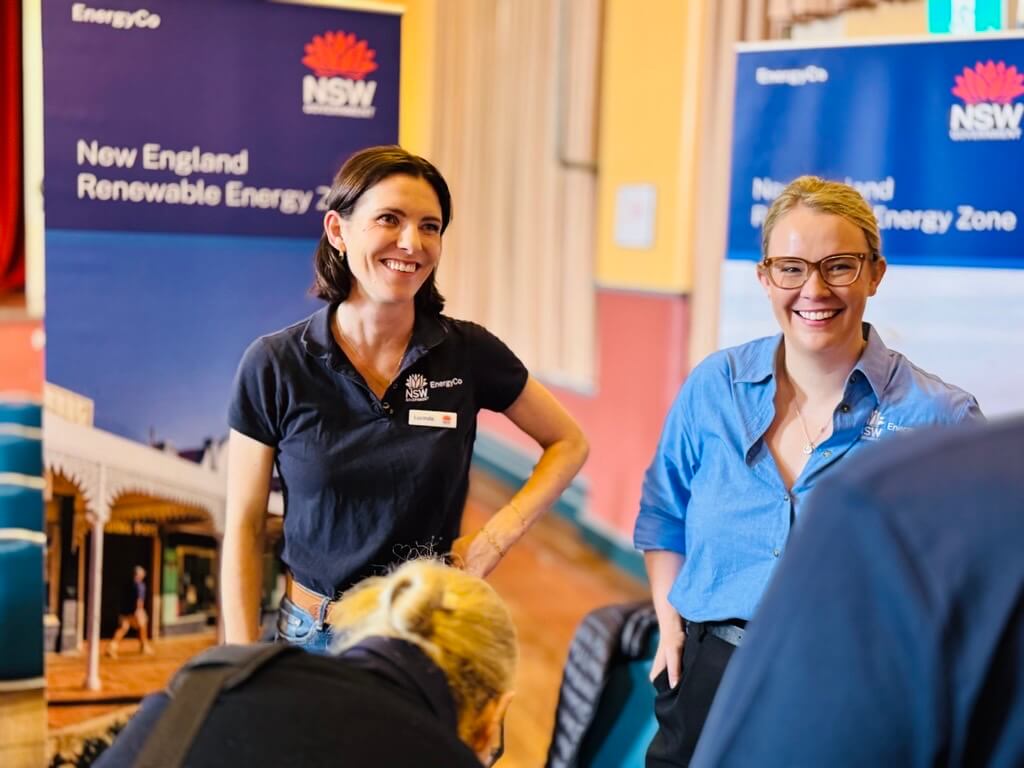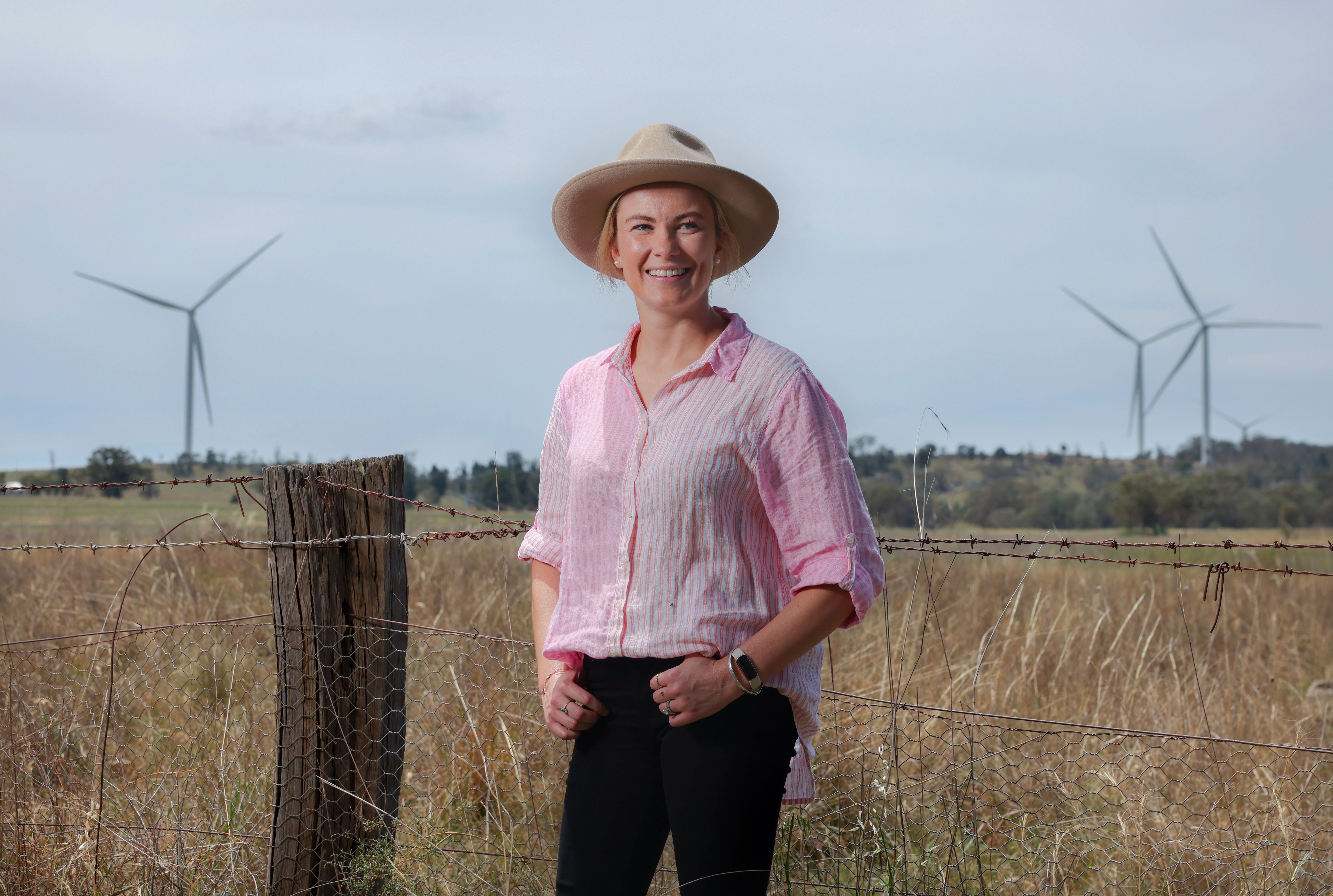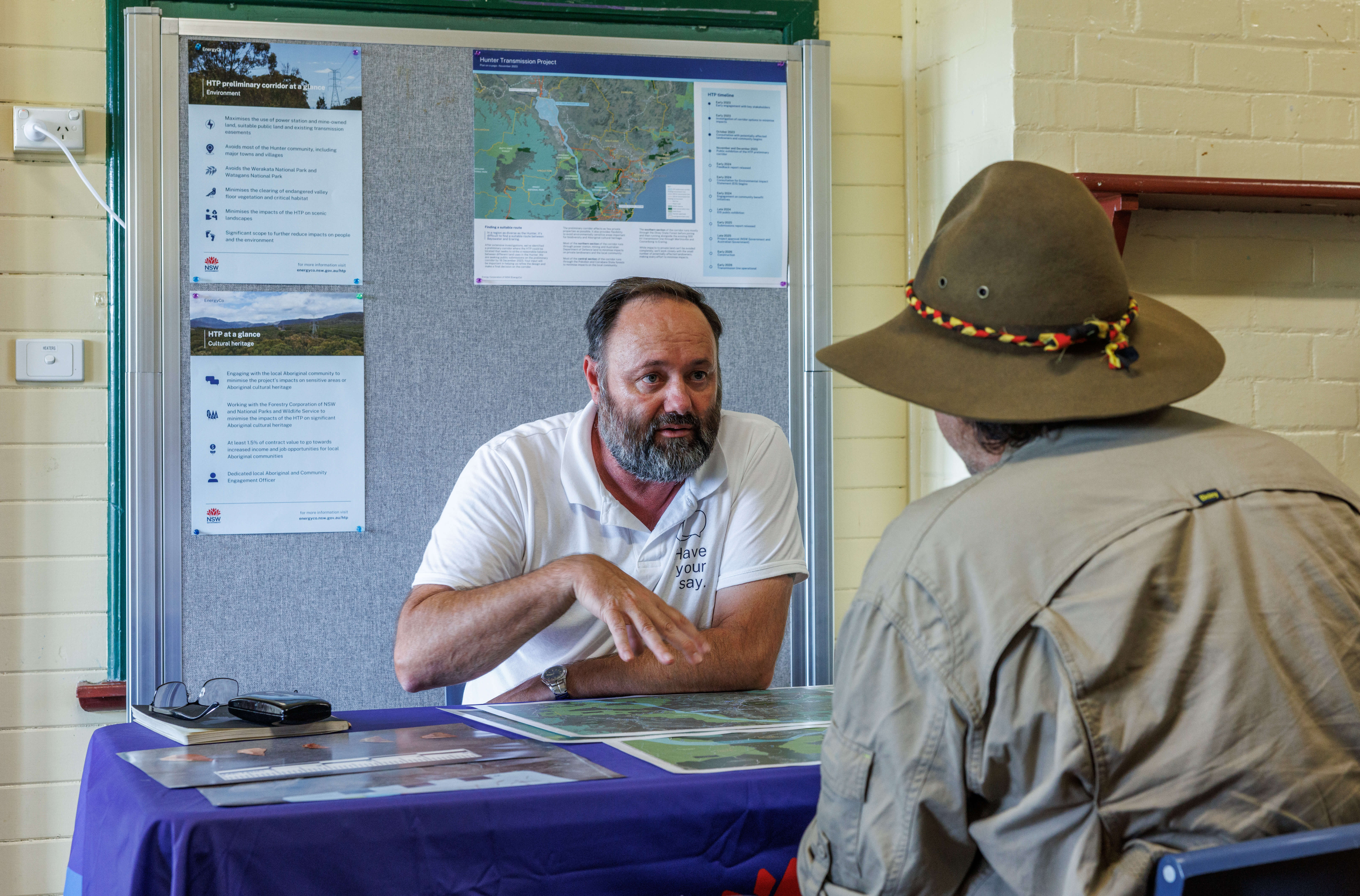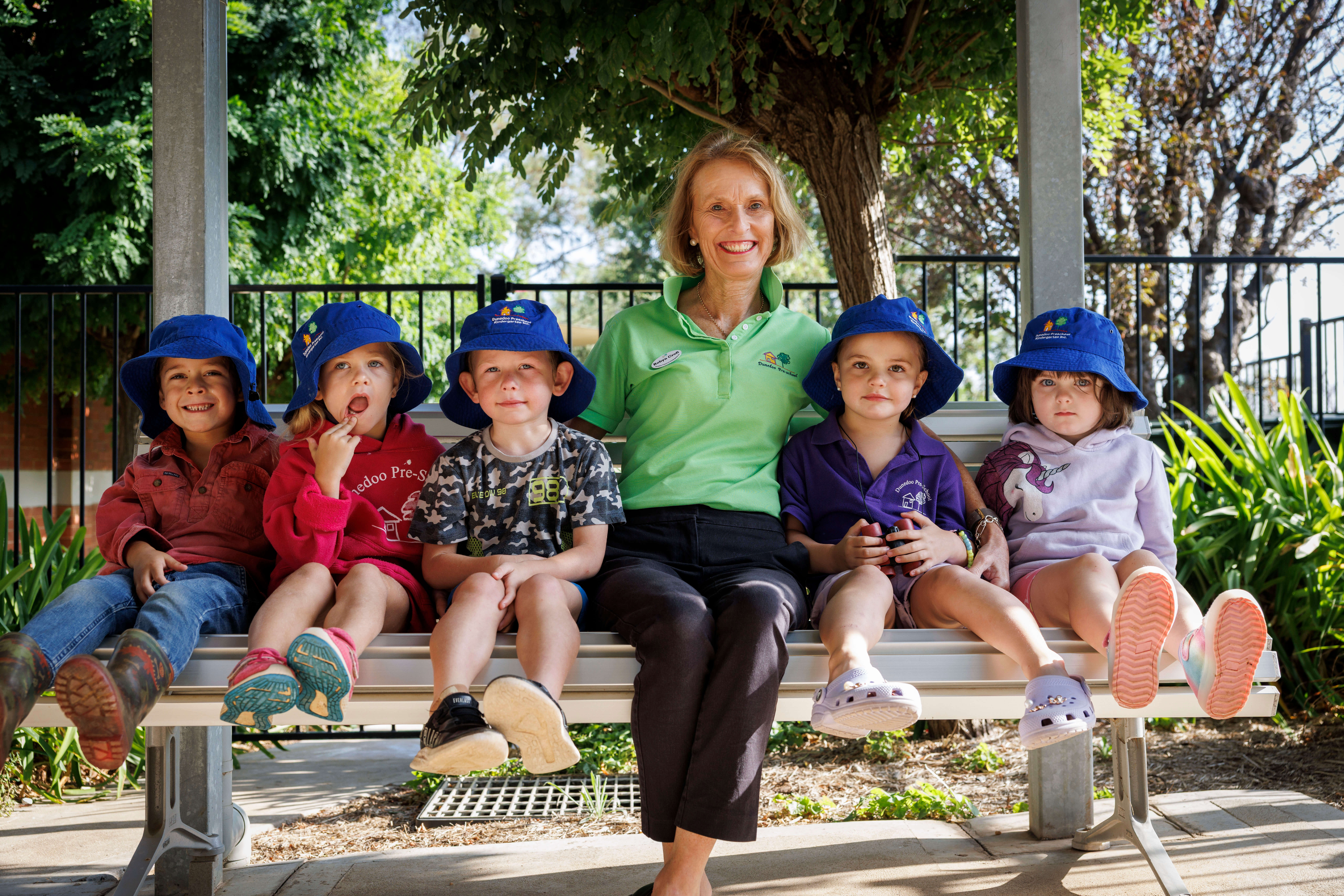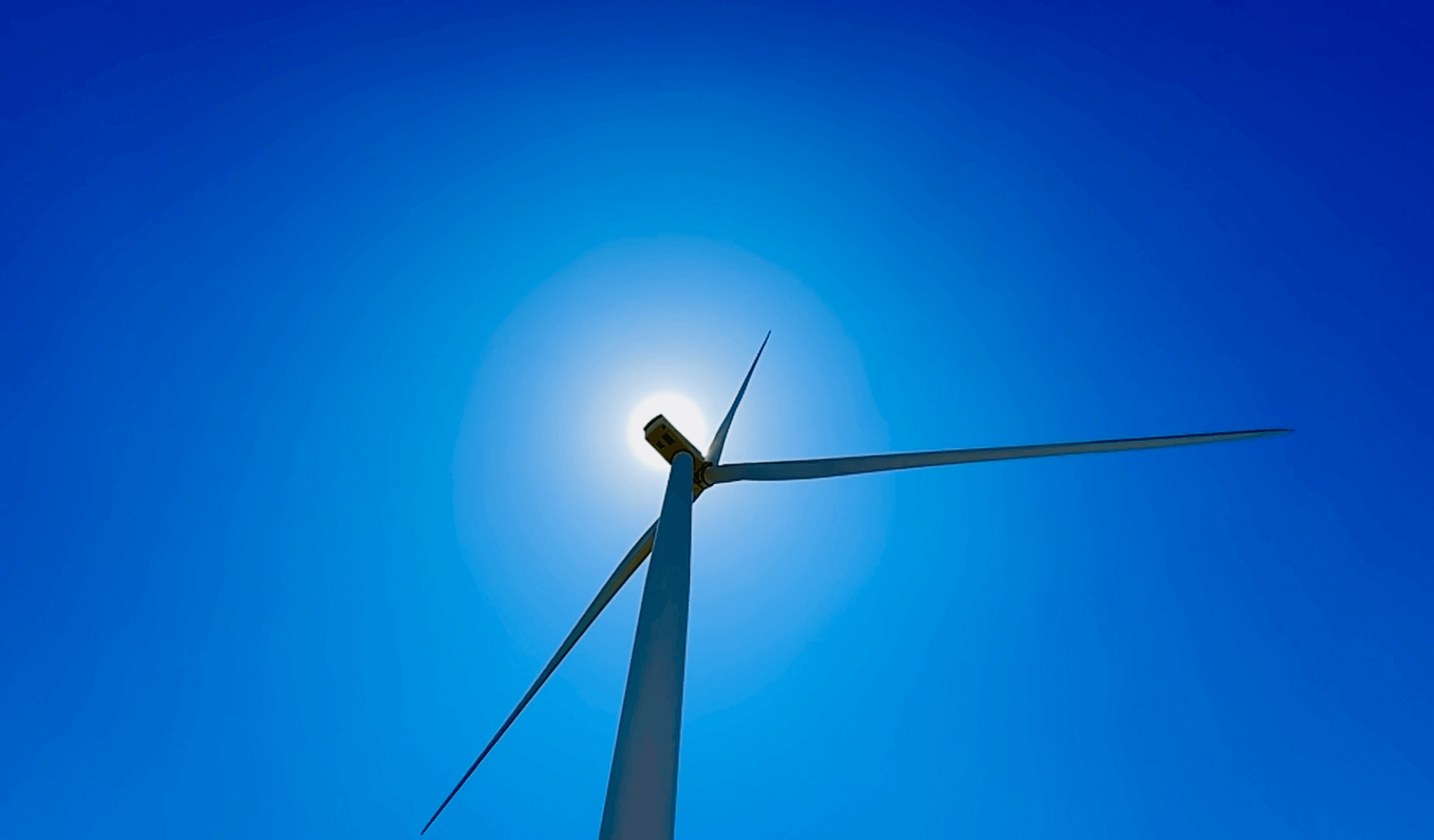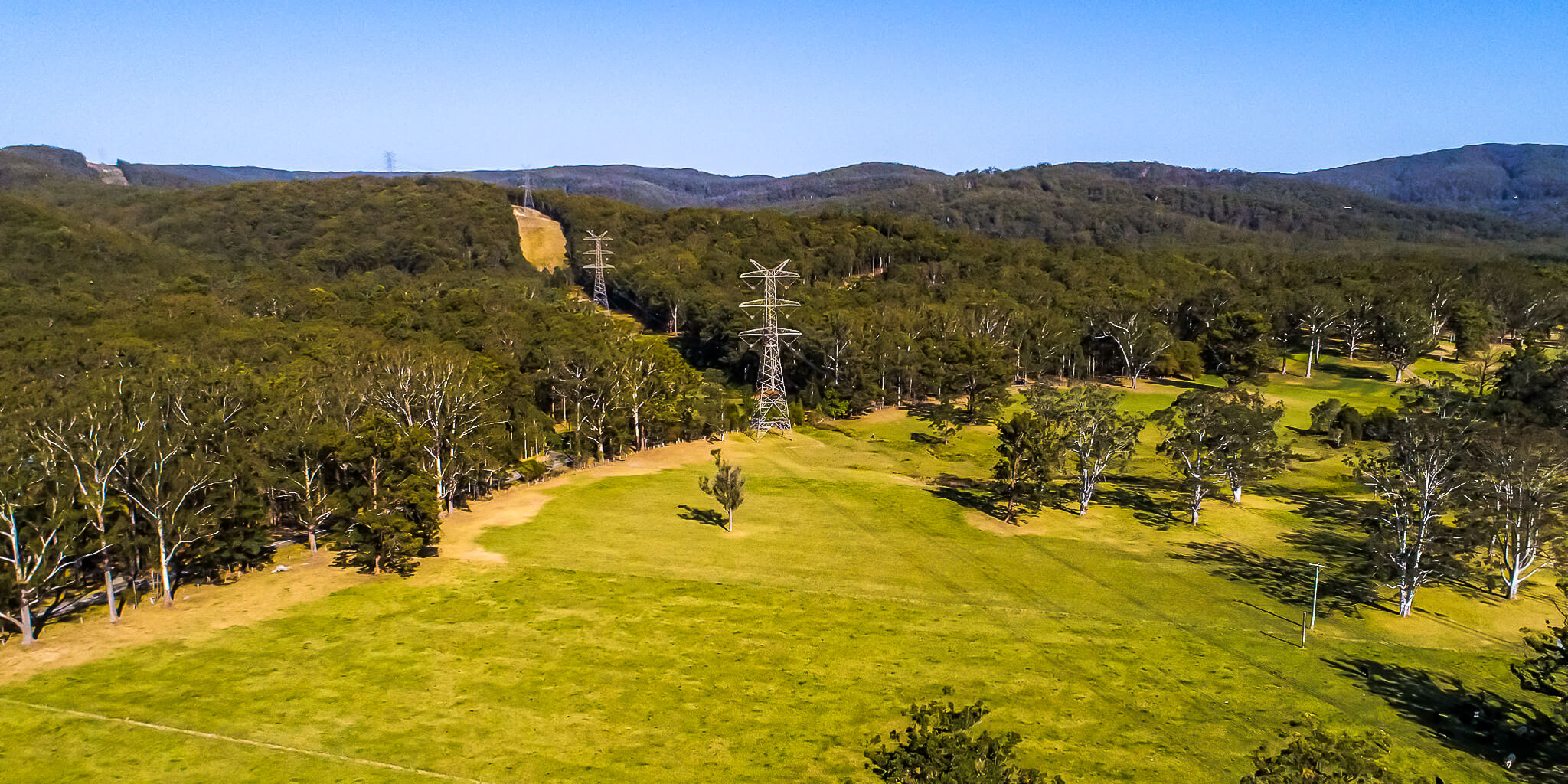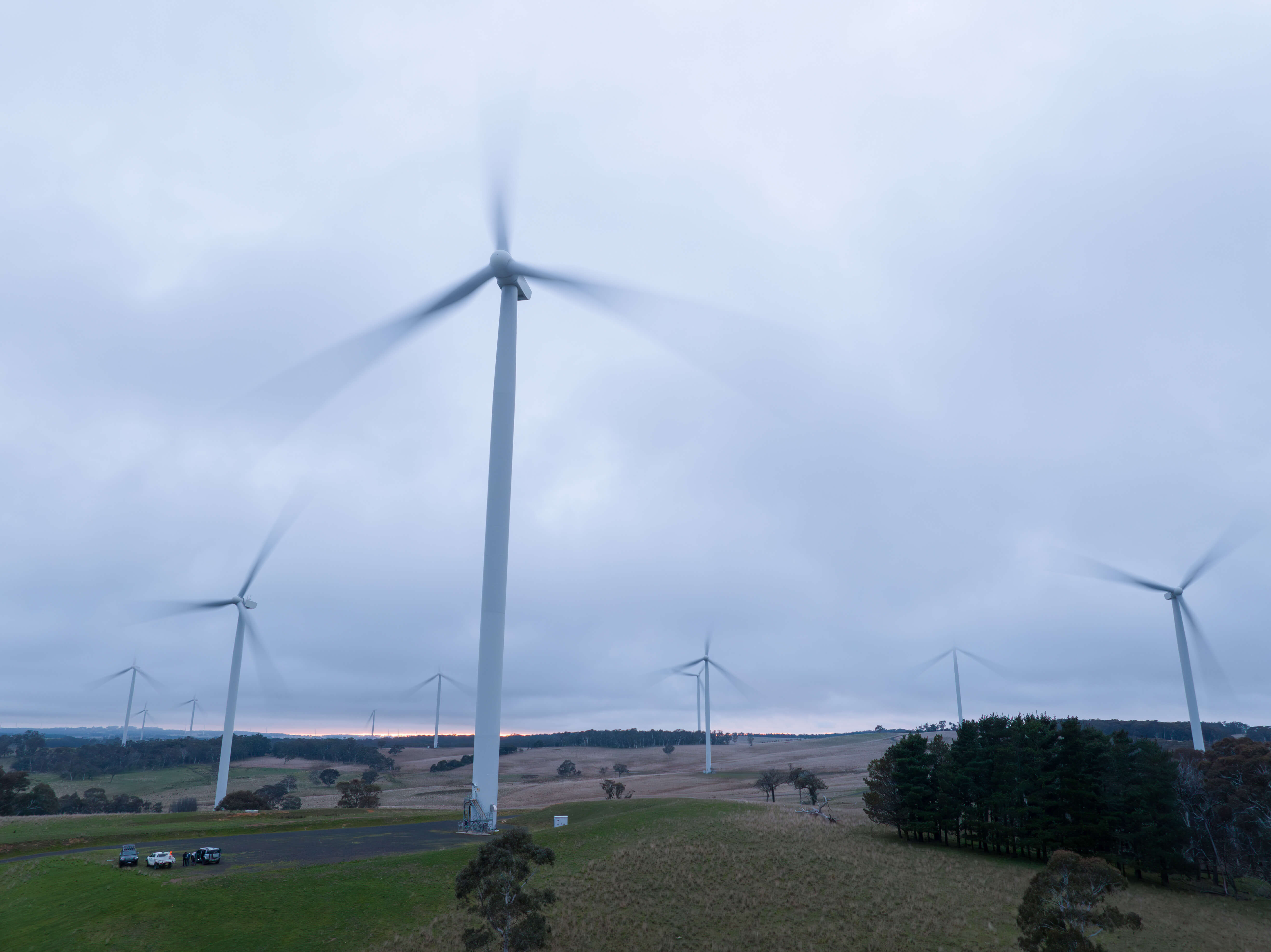Learn more about us and our work
Learn about NSW's plan for upgrading the grid to unlock clean, reliable and affordable electricity.
Our executive team members run divisions to deliver our projects, meet our obligations under NSW Government legislation and to run our day-to-day functions.
The board brings unique skills and experience to drive our strategic initiatives forward, guiding our work and ensuring that NSW remains at the forefront of energy innovation.
Get in touch with EnergyCo or one of our project teams
What we do
There are three key elements to our work.
- We plan and design new transmission infrastructure for our renewable energy zones. This includes power lines, substations and batteries, which we need for new renewable energy projects.
- We design and manage access schemes to select the best wind, solar and storage projects to connect to the grid in our renewable energy zones.
- We work with communities to plan and shape our projects, to minimise impacts and to deliver benefits that will leave a positive legacy for the people who host electricity infrastructure.
We’re also coordinating enabling infrastructure work like road upgrades across the state. This is necessary for us to deliver our projects efficiently and with the greatest value for our communities.
We're leading the process to ensure the right infrastructure is built in the right place, at the right time.
Learn about what we've achieved and the strategies that guide our work.
We're committed to working with landowners, communities and stakeholders to inform our projects.
Renewable energy zones deliver long-term benefits for local communities and provide clean, reliable and affordable energy for NSW.
Access schemes govern which generation and storage projects can connect to renewable energy zones.
We've developed this 20-year strategy for coordination of NSW transmission projects to connect generation and storage projects.
Our legislation
Most of the work we do falls under the Electricity Infrastructure Investment Act 2020, which is the legislation that underpins the Electricity Infrastructure Roadmap.
The NSW Government originally established EnergyCo as a statutory body under the Energy and Utilities Administration Act 1987.
Get in touch
Call 1800 118 894 (9 am to 5 pm, Monday to Friday).
Sign up for our Powering NSW e-newsletter.
